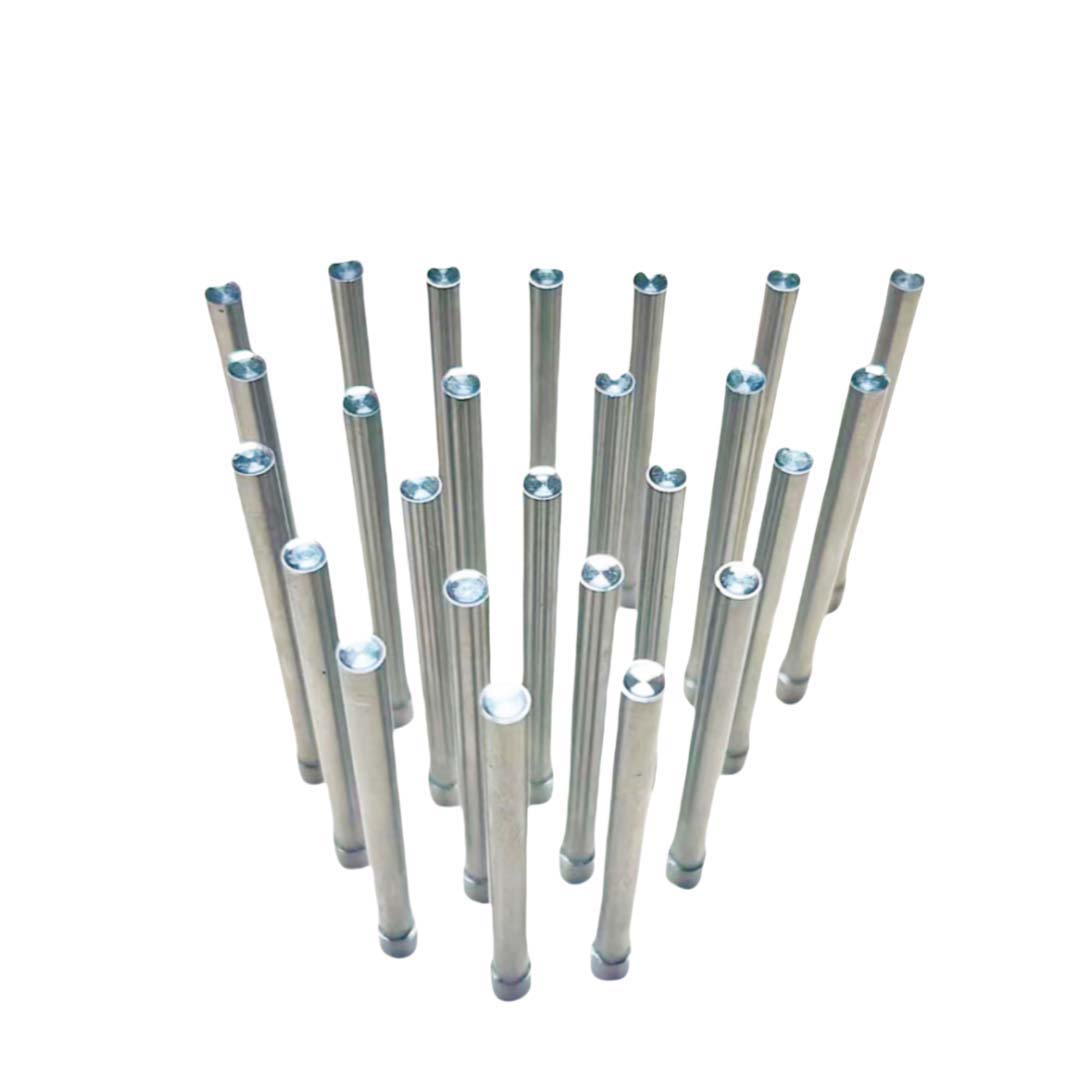
Punch pin breakage is an annoying problem in the riveting process. A fairly common problem, whether you're a novice or a more advanced technician. When it comes to a broken punch pin, it may hinder work performance but can also damage tools and may create a safety hazard. So, why do punch pins break? And, how can we fix this issue?
I. Why Do Punch Pins Break?
Reasons why punch pins break There are several reasons for punch pins to break but in short, they usually come under the following categories:
1. Incompatible Rivet Material
If the material of the rivet is too hard or brittle, it may have a lack of toughness and may press too hard on the punch pin that may cause the pin break.
Solution: Use rivet materials compatible with the punch pin. For instance, if the punch pin is carbon steel, then the rivet must be carbon steel or a softer element.
2. Poor Punch Pin Quality
Low-quality materials, improper heat treatment and lack of proper surface finishing in the punch pin make it more vulnerable to breakage.
Solution: Use punch pins from reputable manufacturers that confirm their material and manufacturing process meets industry standards.
3. Punch Head Breakage

If the punch pin length is inappropriate, when the punch pin is punched, the punch pin will be bent too much, causing the punch pin head to break easily.
Solution: Reduce the length of the punch pin so that it does not exceed its load capacity.
An improper gap causes excessive friction and pressure to apply on the punch pin if the gap is too small, while an excessive gap can lead to an uneven load on the punch's punch pin.
Fix: The interference fit should be adjusted, and the punch pin and die should be regularly checked for misalignment.
4. Improper Operation
The risk of punch pin breakage is increased when the operator is inexperienced or does not observe correct methods.
Corrective Action: Provide training to stoppage owners to ensure that all operators understood the correct process of riveting and operation of the equipment.
5. Environmental Factors
Punch pin wear and breakage is accelerated by high temperatures, humidity, or excessive dust.
Technique: Sanitize the work setting, ensure tools are clean, and put precautions in place when required.
tiktok: Production process

 Language
Language








